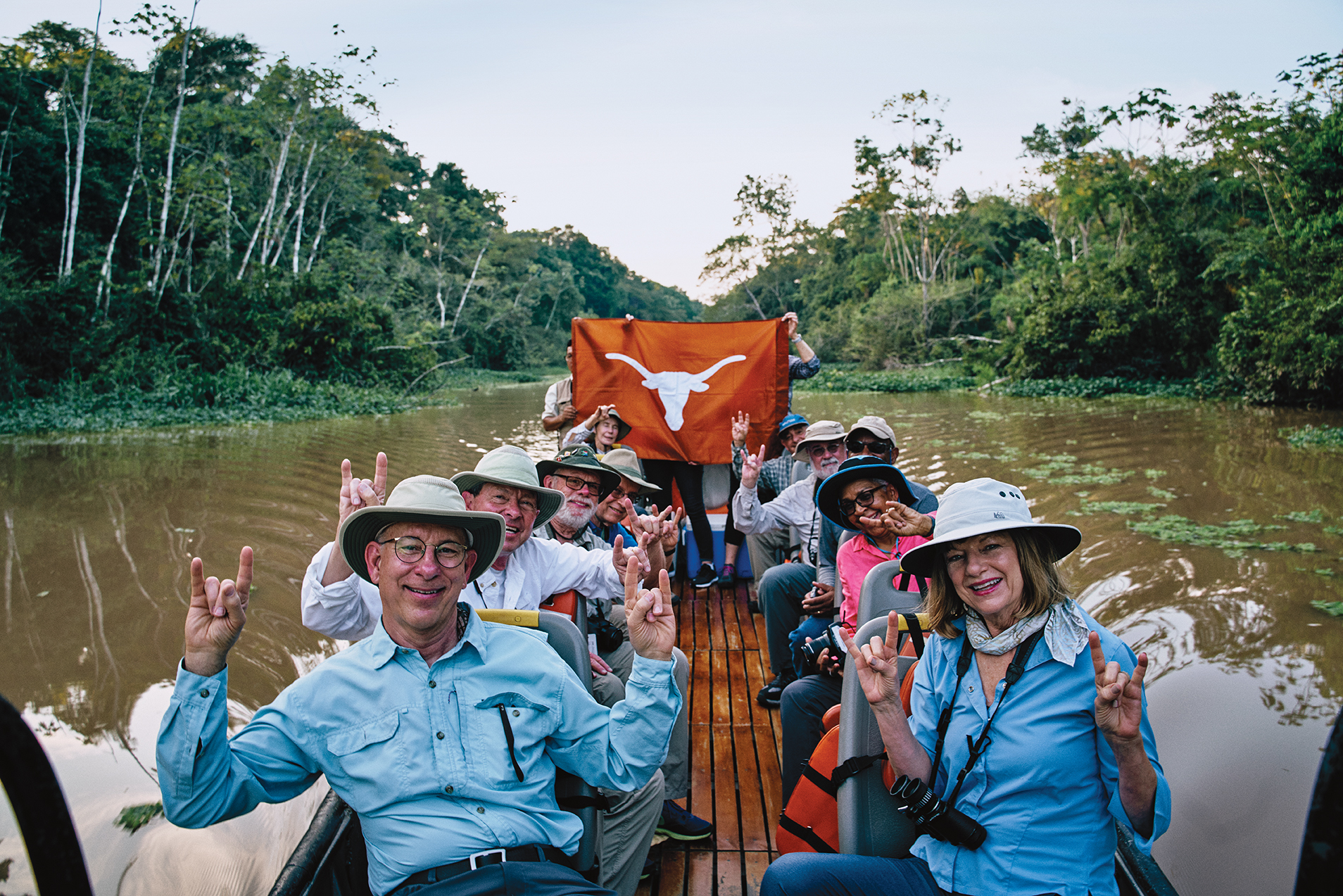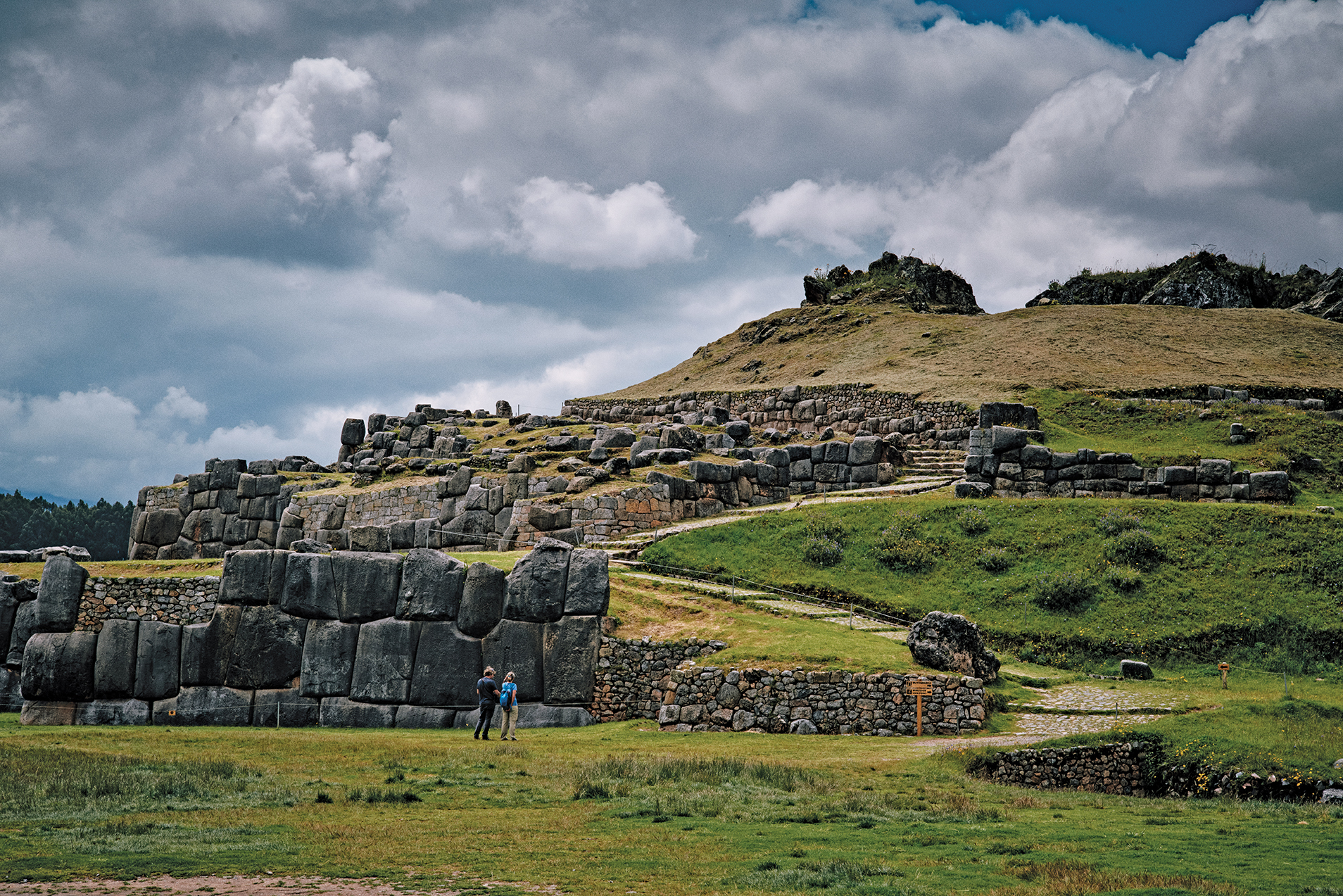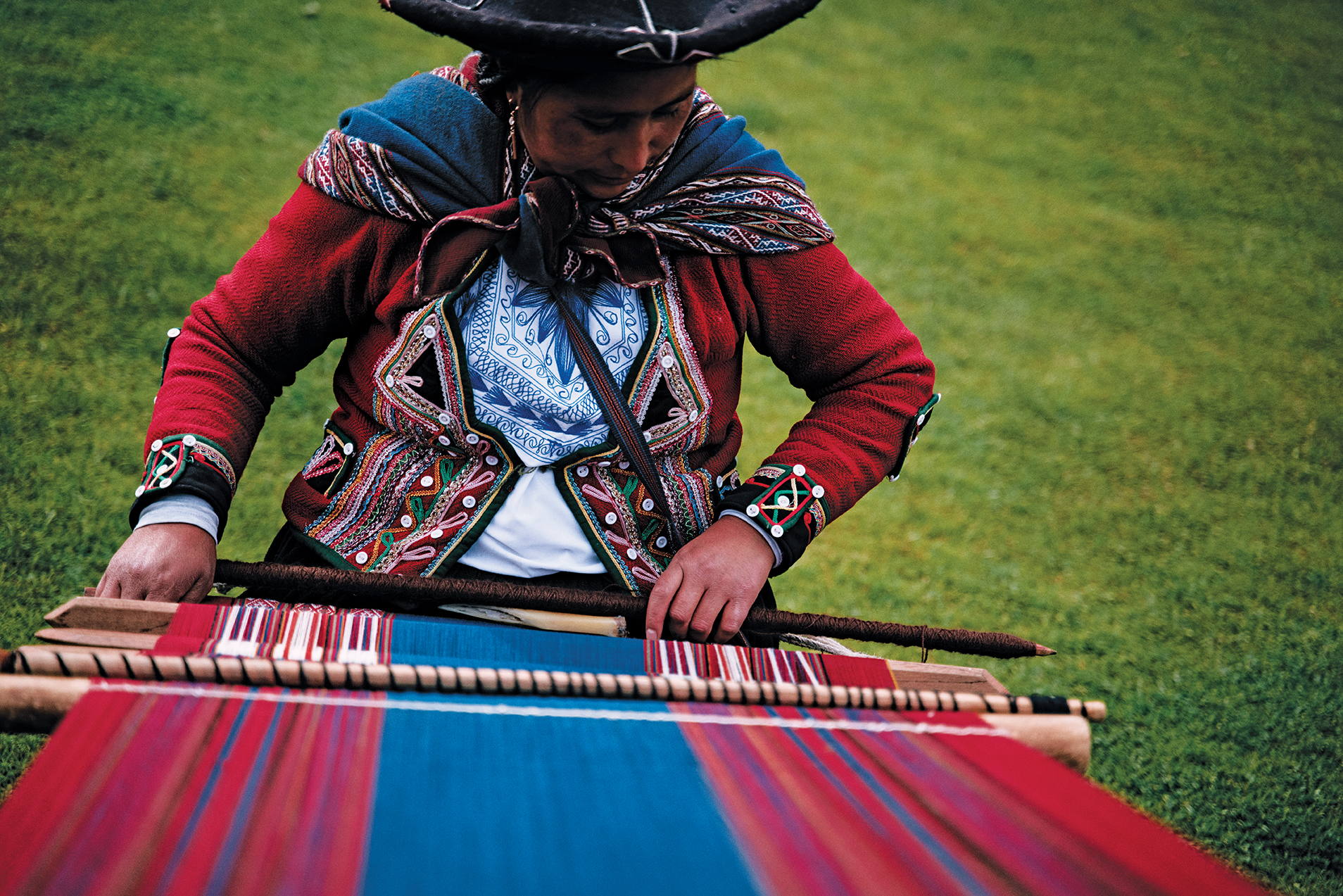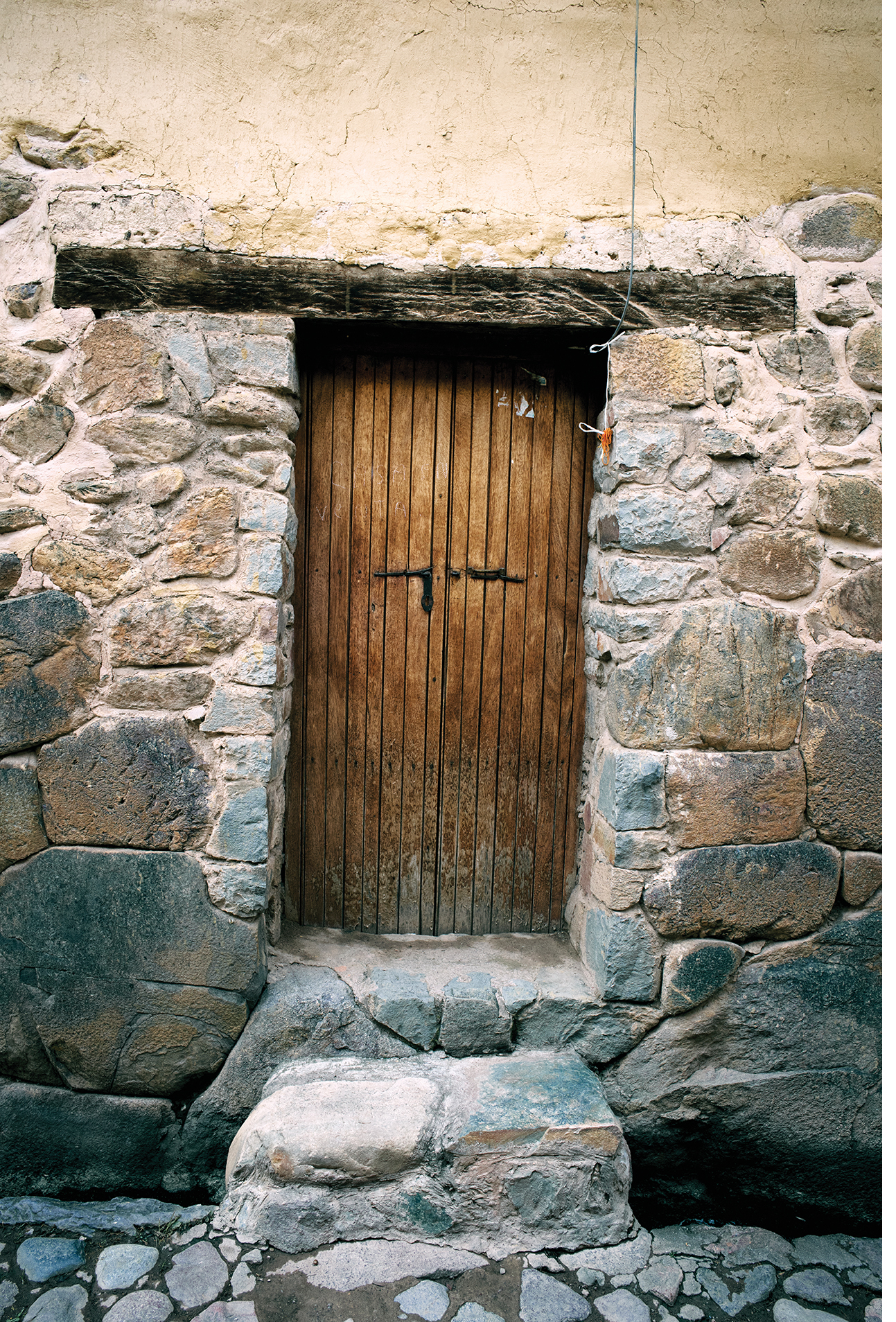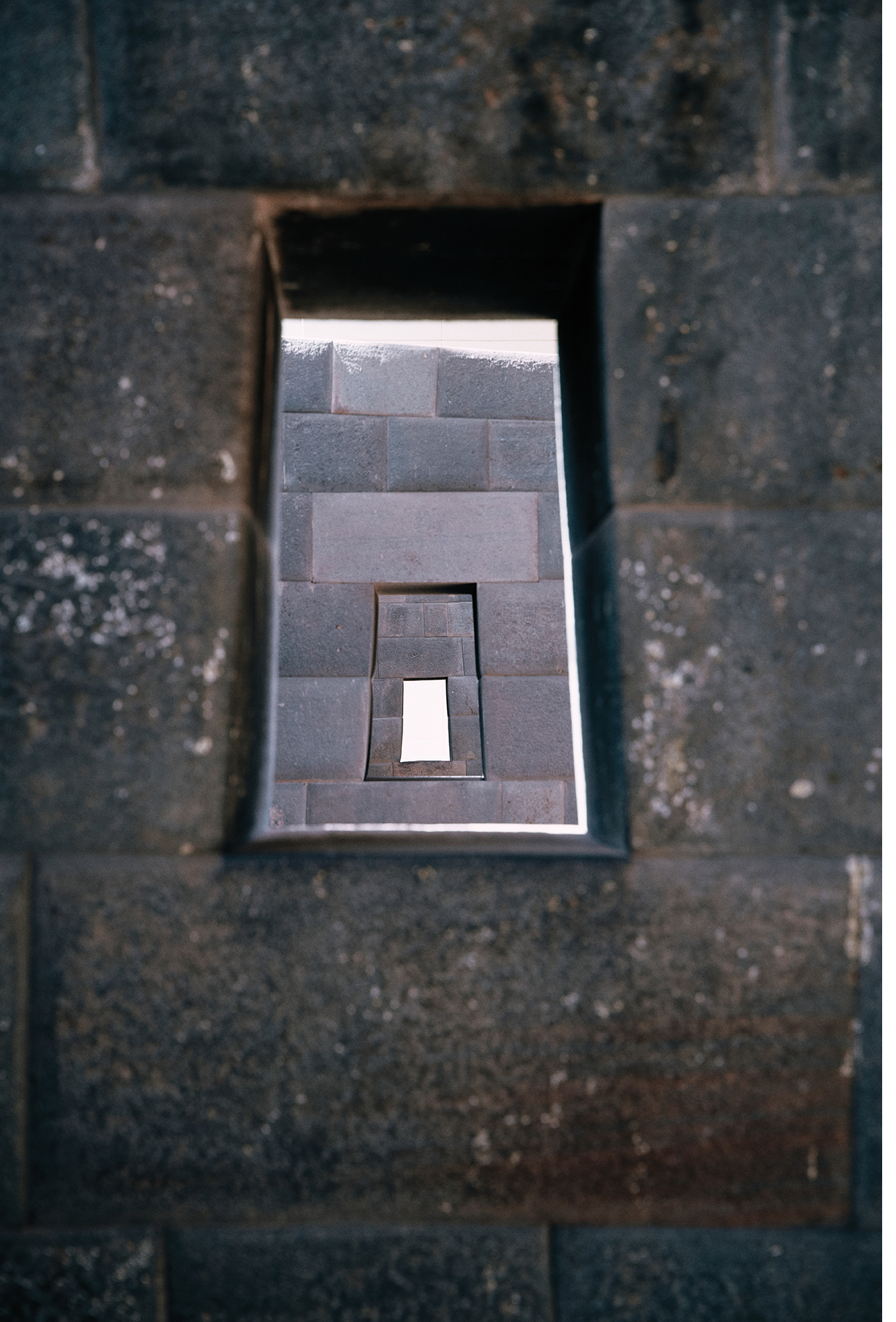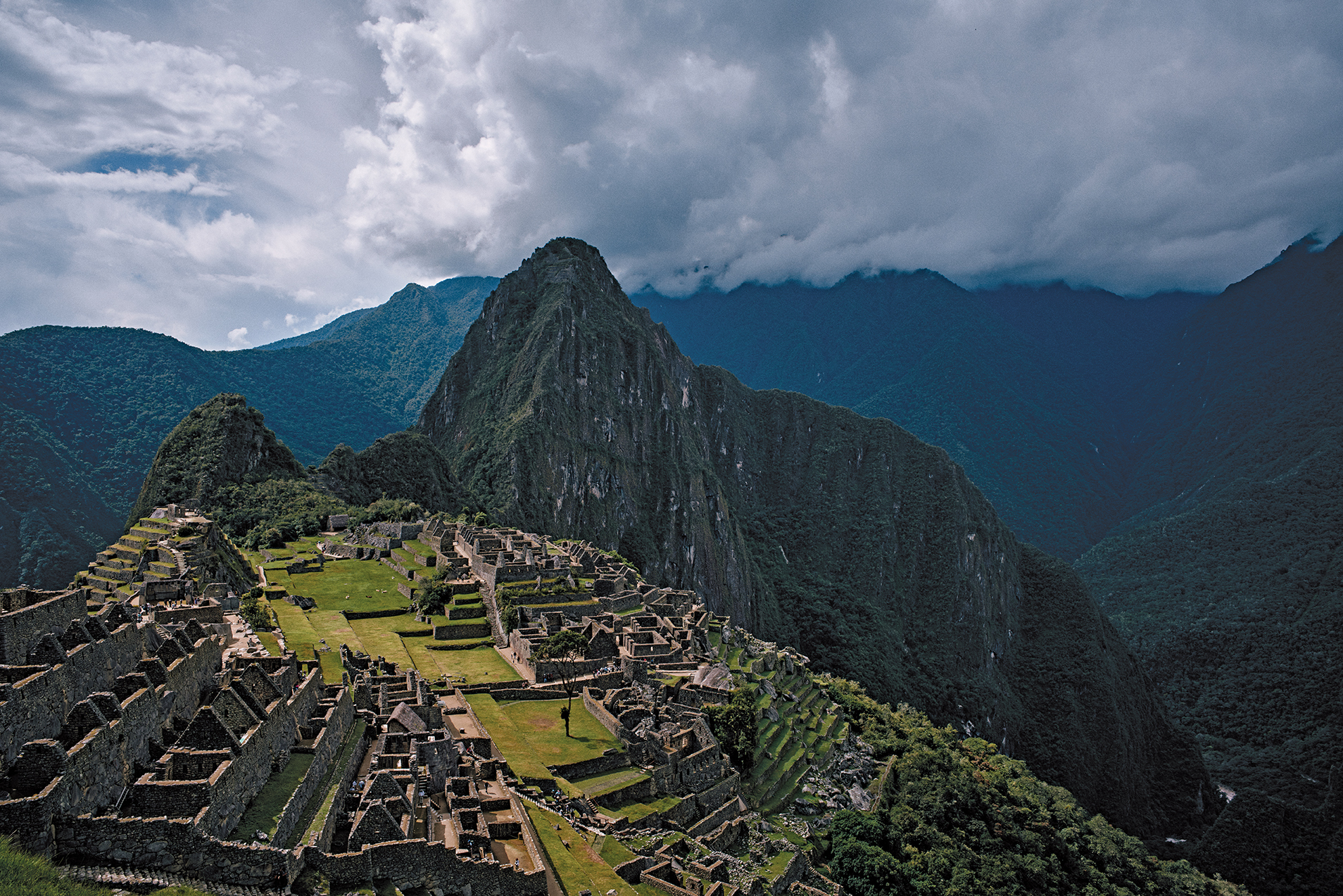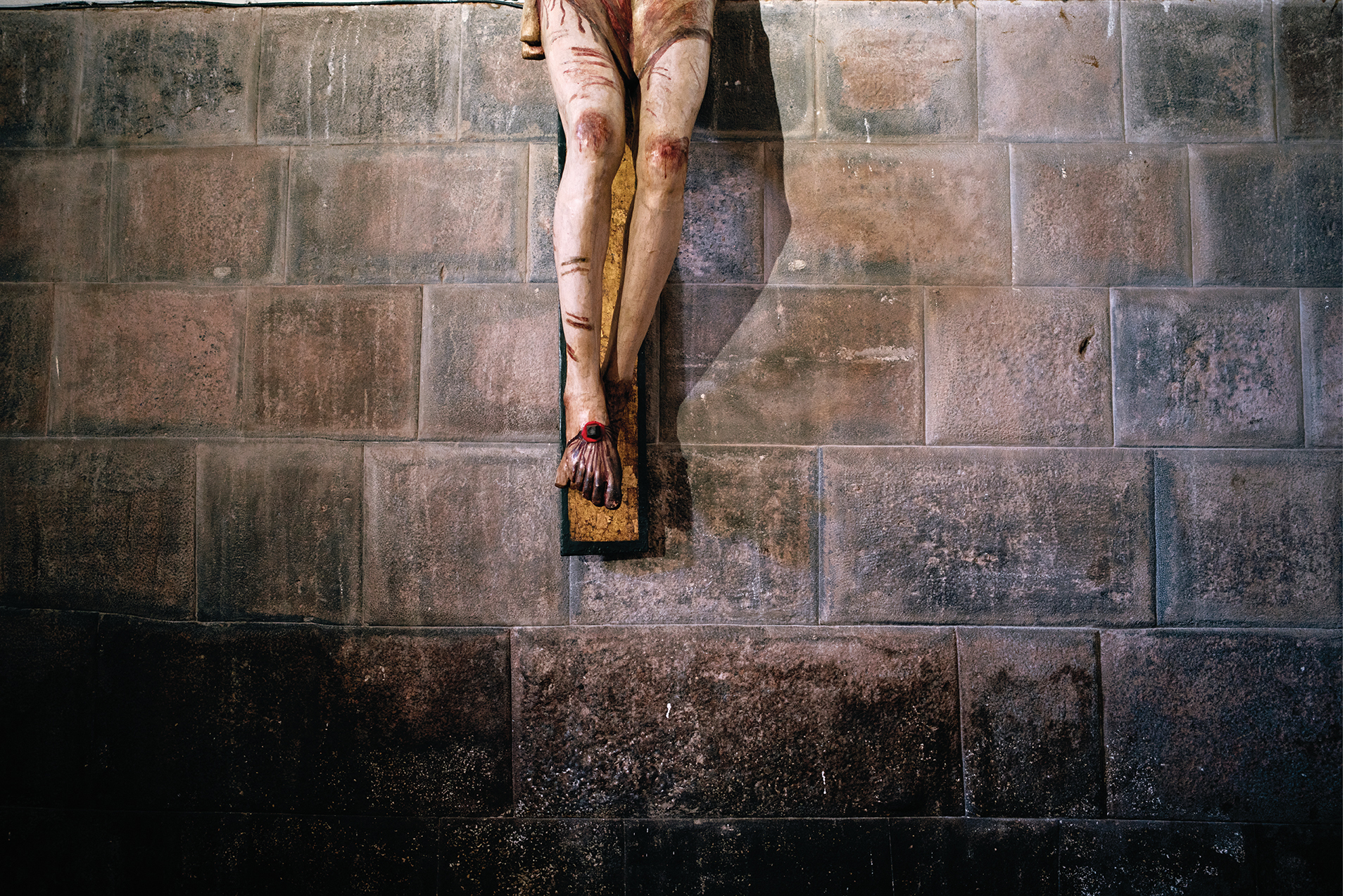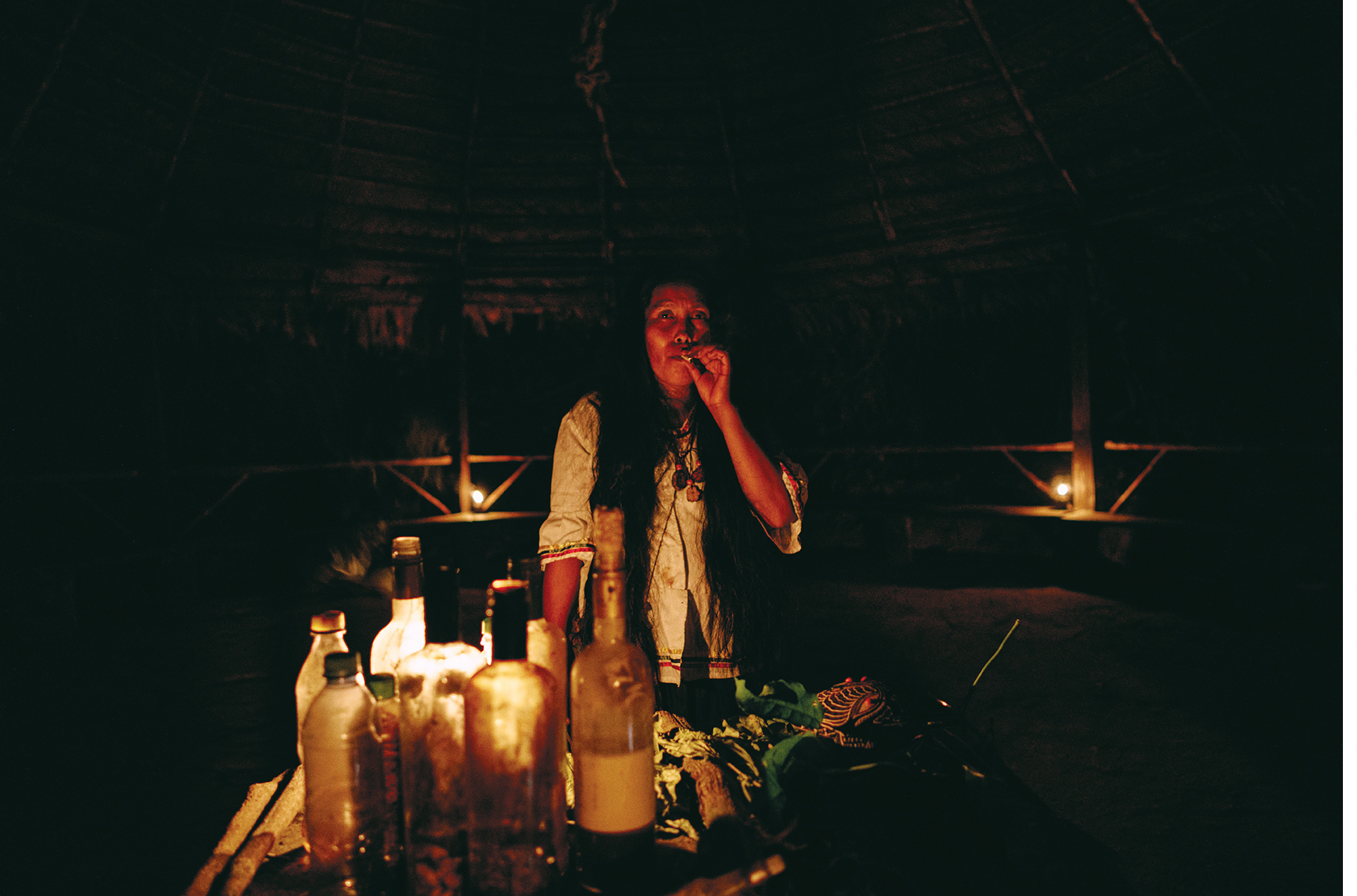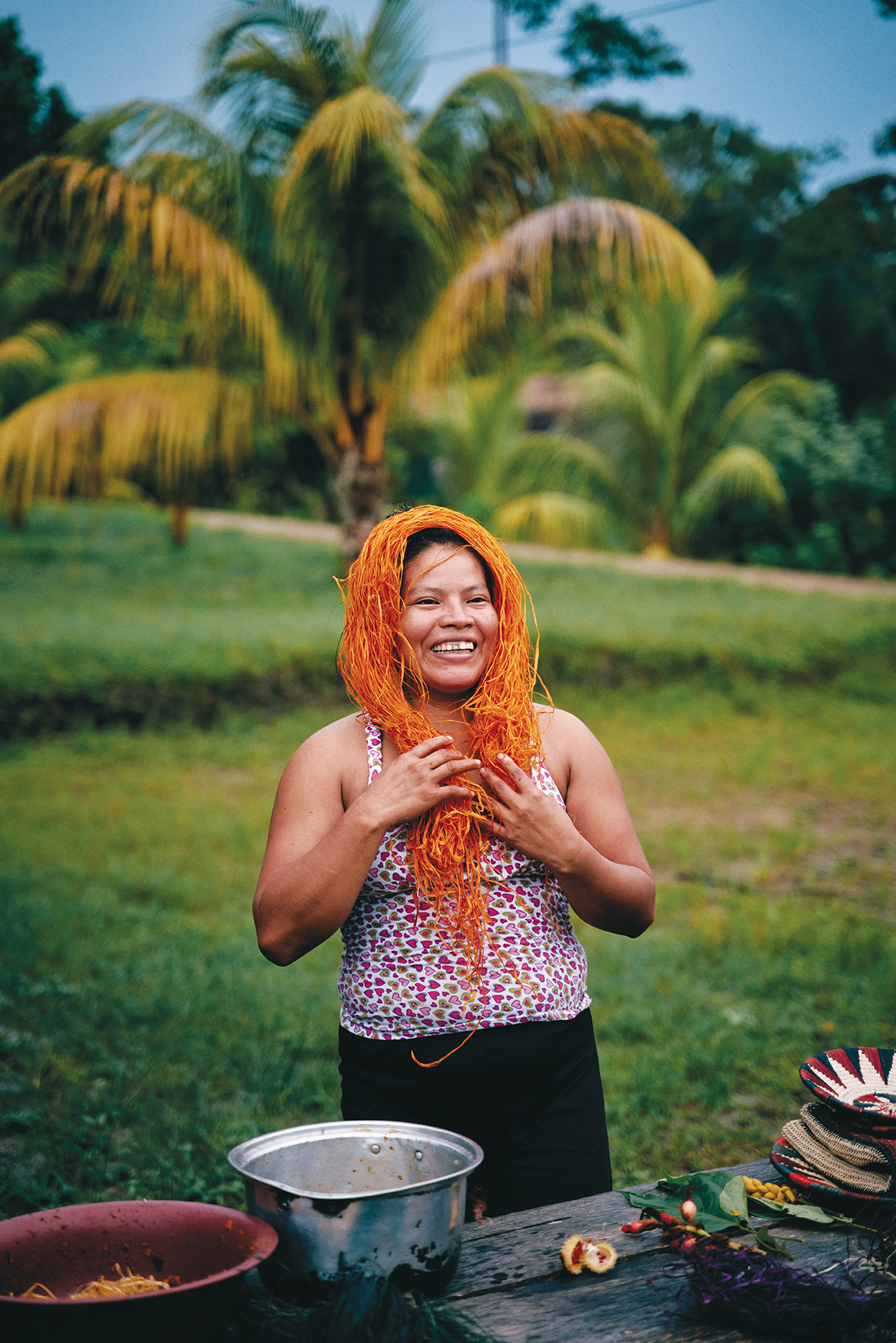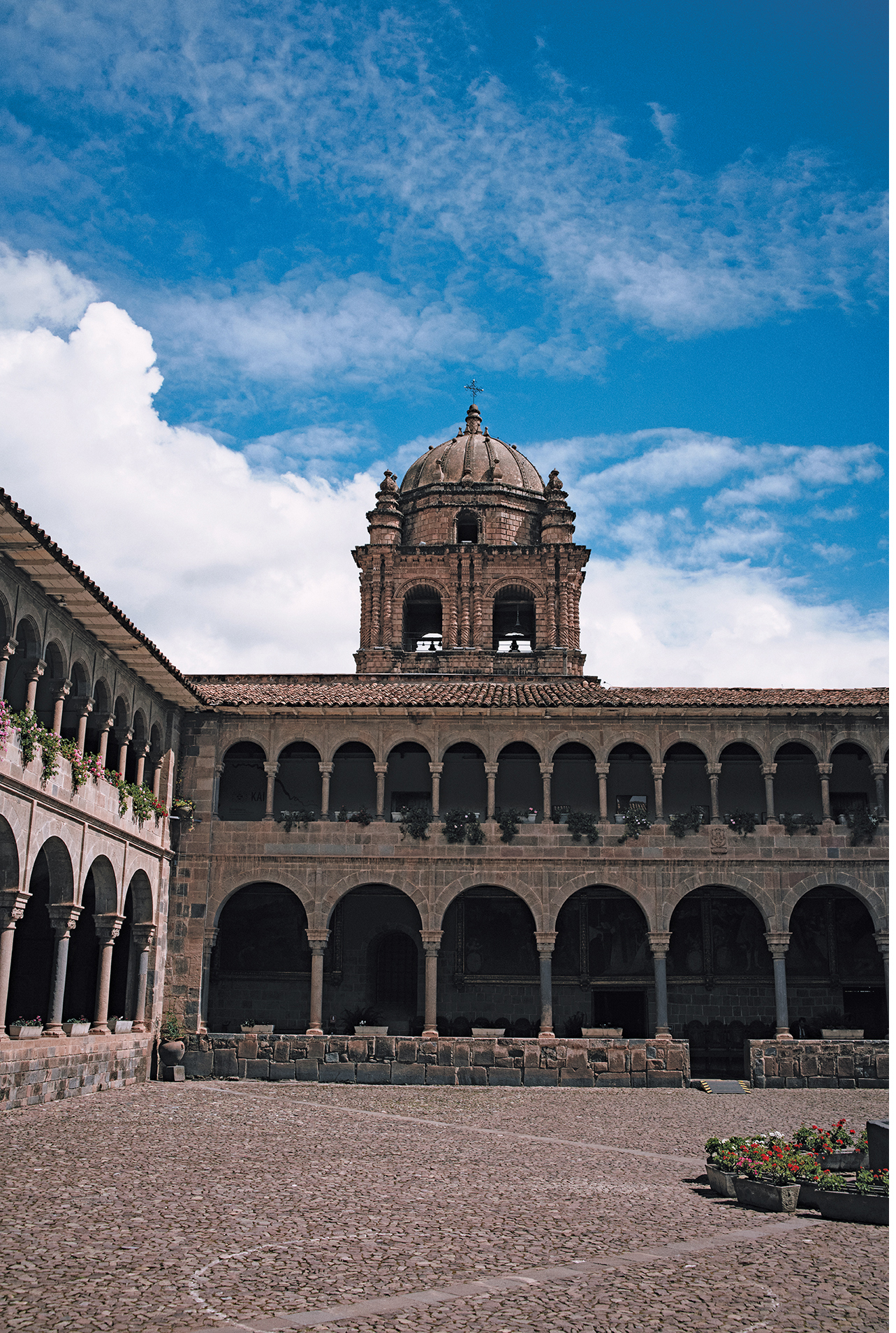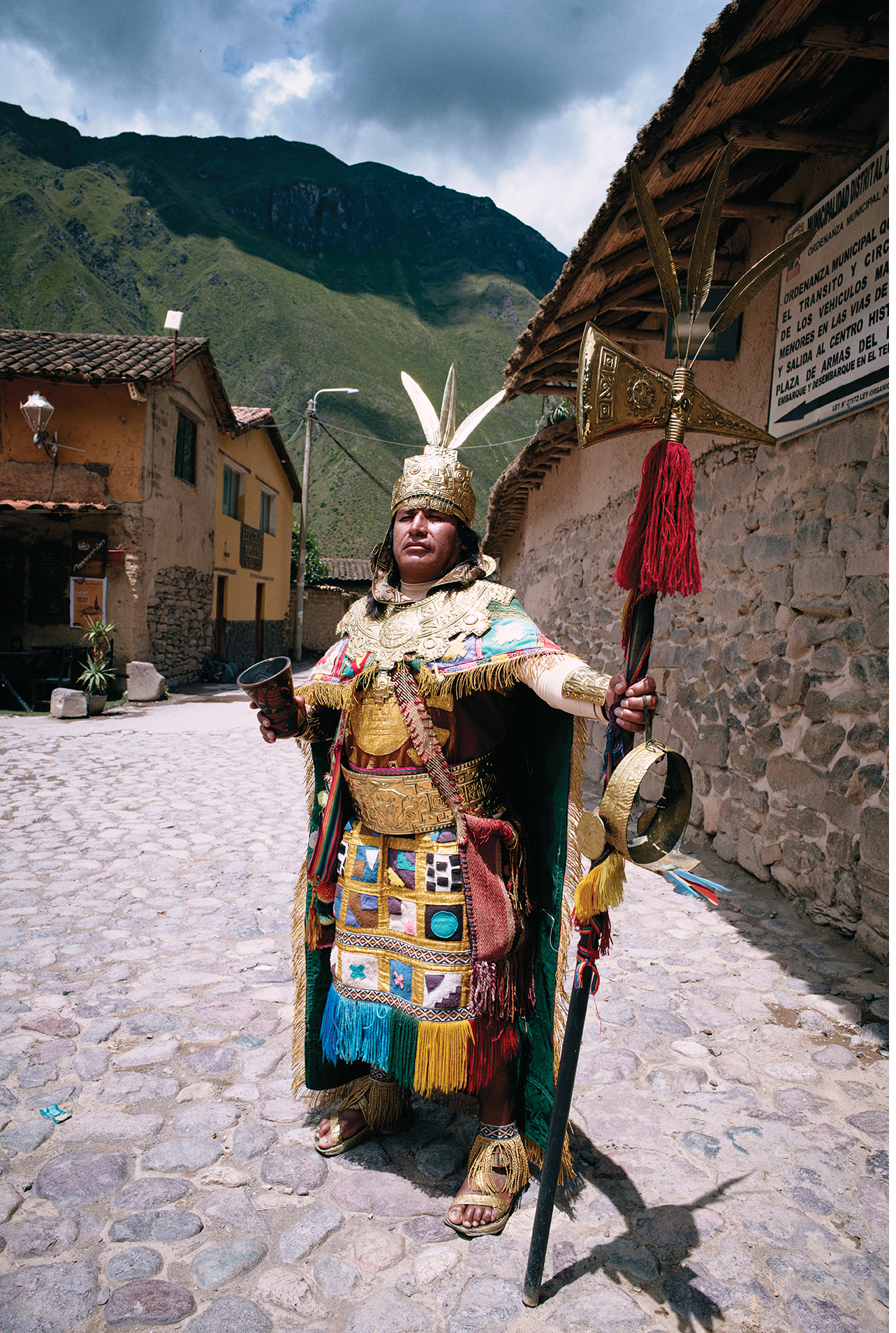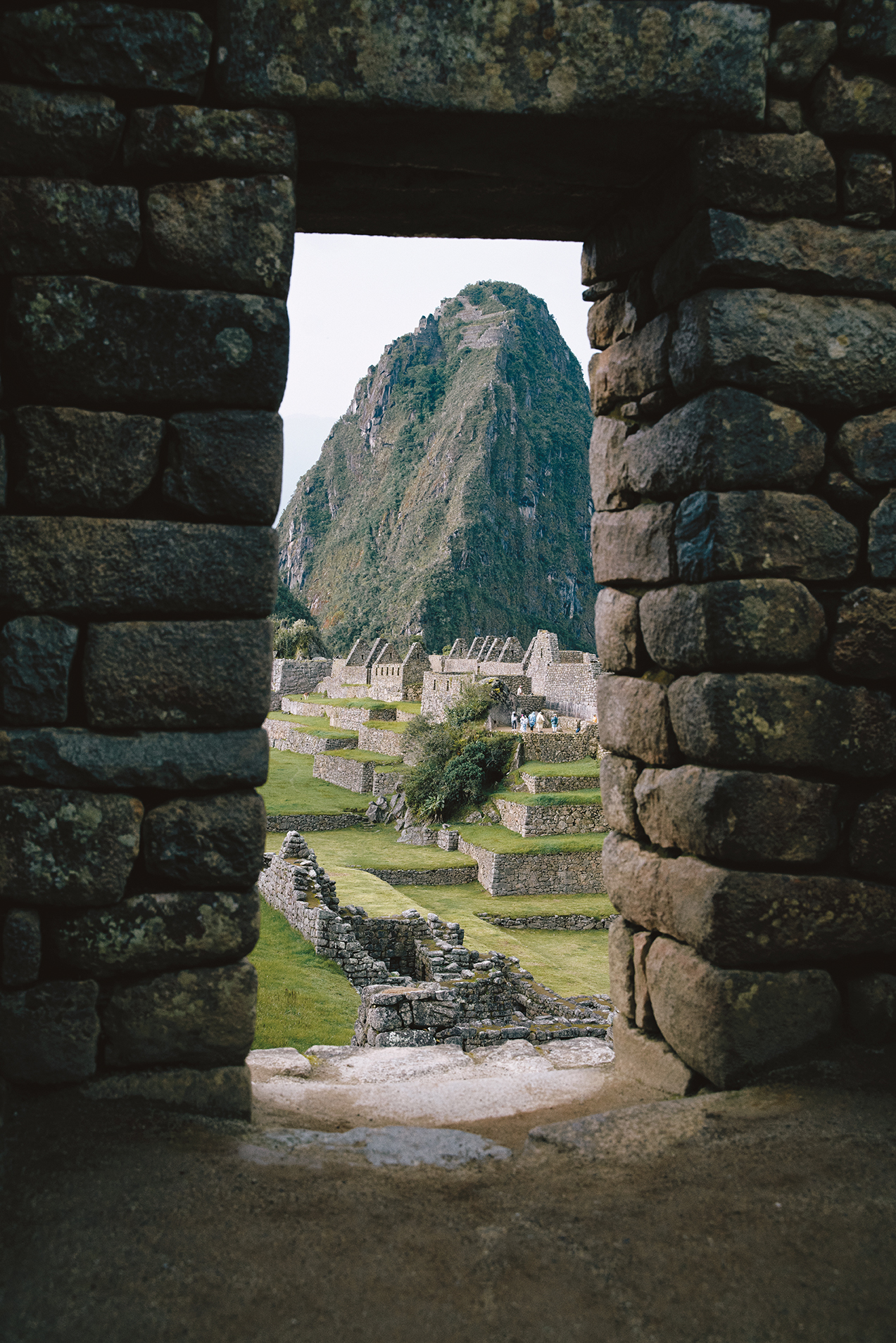
From the May/June 2020 issue of the Alcalde
A World Away
Traversing Peru as the world braces for change.
Photographs by Matt Wright-Steel
When Alcalde staff photographer Matt Wright-Steel set out for Peru in early March, the Flying Longhorns host was ready to experience the beauty and wonder of South America. What no one anticipated was the worldwide panic brought on by the spread of COVID-19. In Lima, the news was beginning to turn scary. Days on the Amazon River without regular cell service could be daunting, without word from the outside world. After wandering around an abnormally empty Machu Picchu, the group ascended into Cusco, but the trip had to be cut short. Along the way, through an ever-changing news cycle, these Longhorns banded together, taking care of each other as they took in some of the most wondrous sights in the world. When the dust settles and the world returns to normal, these Flying Longhorns can bask in the memory of visiting a shaman in Iquitos; watching the weavers work their magic in Cusco; seeing the beautiful Catholic cathedrals in Lima; and stepping foot on the most sacred of sites at ruins across the country. —Chris O’Connell
Lead photo: Doorway view of the upper Temple of the Moon complex on Wayna Pikchu, the iconic mountain high above the ruin complex of Machu Picchu.
Flying Longhorns explore the Marañón River, a principal source of the Amazon River.
The Sacsayhuamán ruins, a citadel on the northern outskirts of the city of Cusco, Peru, the historic capital of the Inca Empire.
A highland weaver at the Centro De Tejedores De Chinchero Awayricch’ariciq counts threads of alpaca while working a stretch loom. The Chinchero weavers represent artisans from 14 indigenous communities, and the cooperative system is divided equally among members. Weavings can be anything from simple hats or belts to extravagant, large-form art pieces, taking multiple weavers months to complete. Prices for some pieces can top $1,000. The cooperative has been noted in many publications and produces among the highest quality of hand-woven products in Peru.
A wooden door in the Inca village of Ollantaytambo, Peru, the oldest continuously occupied Inca city. The city is a maze of skinny stone passages with drainage for rain collection. The large stones at the base of the door are the original Inca foundation; trapezoidal stone openings of the ruins of Koricancha, the “Place of Gold.”
The sacred complex of Machu Picchu before an afternoon thunderstorm.
The feet of Christ juxtaposed on a hand-hewn wall of Inca stone at the Santo Domingo Temple. The temple, in Cusco, Peru, is built on the ruined foundations of Koricancha, the principal Inca temple dedicated to the sun.
Shamana Carola inhales sacred tobacco after performing a good health ceremony on the banks of the Ucayali River, Peru.
A villager playfully displays the vegetable-dyed grasses used for basket making on the banks of the Yanayacu River. Villages in this region are often named for their date of dedication. For example, a village may be called 10 October or 23 February. The villages are established within ecologically protected zones, where villagers preserve the flora and fauna for tourism in return for modernization of schools, communication, and medical infrastructure.
The central courtyard of Santo Domingo Temple in Cusco, Peru, was built by the Spanish in 1610.
A local actor dressed as the emperor Pachacuti outside the gates of Ollantaytambo.
Stories like these are supported by membership in the Texas Exes.
Join today to receive the bimonthly Alcalde magazine, and help keep alumni connected to UT.
